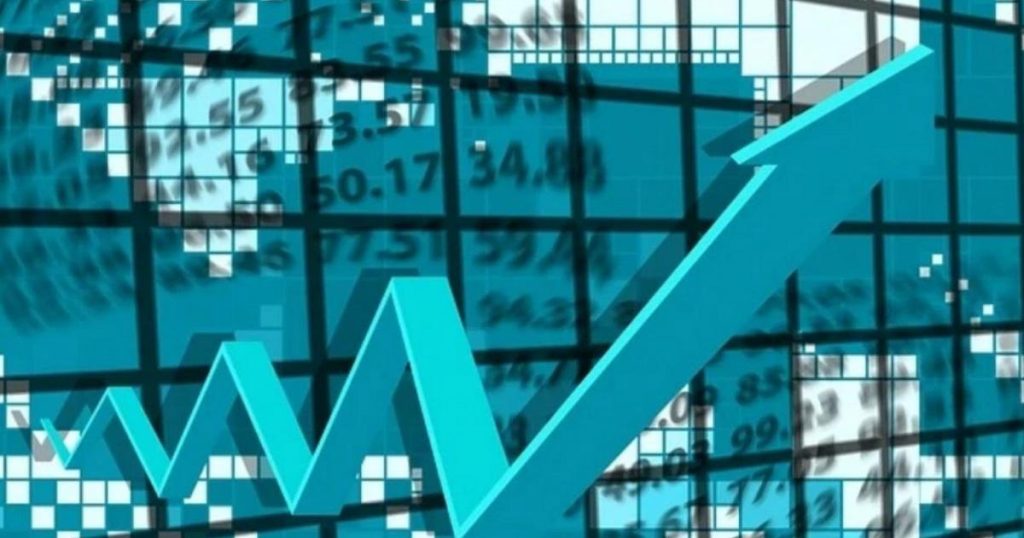European stock exchanges are sharply down, weighed down by the negative opening of American markets. Milan, after a slow start following the long Easter break, is down 1%; Frankfurt also drops by over one percentage point, while Paris is at -0.85%. The day had begun with good news for the Italian economy, with macroeconomic data showing an increase in the Purchasing Managers’ Index (PMI) for the first time in 11 months, surpassing the 50 mark that separates growth from contraction. However, this positive news has not been enough to counteract the negative trend from Wall Street, with the Dow Jones index down by 1.1% and the Nasdaq by 1.4%. The positive news for the US economy, such as the strong manufacturing data released yesterday, is actually bad news for the financial markets, as it reduces the urgency for an interest rate cut.
Meanwhile, the price of gold continues to rise, reaching historic highs and approaching the $2,300 per ounce mark. Oil prices are also on the rise, with Brent crude surpassing $88 per barrel. These trends in commodity prices are influenced by a variety of factors, including geopolitical tensions, supply and demand dynamics, and market speculation. The increase in the price of gold may be driven by investors seeking safe-haven assets amid economic uncertainty, while rising oil prices could be a result of production cuts or geopolitical concerns affecting supply levels. These fluctuations in commodity prices can have ripple effects across various industries and sectors, impacting consumer prices, company profits, and overall economic stability.
The volatility in the financial markets reflects broader economic uncertainties and risks, including the ongoing impact of the COVID-19 pandemic, global trade tensions, and geopolitical developments. Investors are closely monitoring key economic indicators, corporate earnings reports, and central bank policies to gauge the health and direction of the global economy. The diverging trends between positive economic data and negative market performance highlight the complexity and unpredictability of financial markets, where both domestic and international factors can influence investor sentiment and market dynamics. It is essential for investors and policymakers to stay informed, adaptive, and proactive in managing risks and opportunities in the fast-paced and interconnected global financial landscape.
In this challenging and rapidly evolving environment, it is crucial for businesses, investors, and policymakers to navigate uncertainties and seize opportunities for growth and resilience. Effective risk management strategies, diversified investment portfolios, and ongoing monitoring of market trends are essential for success in today’s volatile and interconnected financial markets. By staying informed, agile, and proactive, stakeholders can adapt to changing conditions, protect against downside risks, and capitalize on emerging opportunities. Collaboration, innovation, and sustainable practices are key to building a resilient and prosperous future amid the complexities and disruptions of the global economy. With a strategic and forward-looking approach, businesses and investors can navigate uncertainties, harness innovation, and drive sustainable growth in a dynamic and interconnected world.
In conclusion, the current trends in the financial markets reflect a complex interplay of economic data, market dynamics, geopolitical factors, and investor sentiment. While positive economic indicators such as rising PMI numbers and strong manufacturing data can provide a boost to investor confidence, negative trends from global markets and external events can offset these gains and lead to market declines. By closely monitoring key economic indicators, staying informed about market trends, and proactively managing risks, stakeholders can navigate uncertainties and seize opportunities for growth and resilience in today’s fast-paced and interconnected financial landscape. Collaboration, innovation, and sustainable practices are essential for building a resilient and prosperous future in the face of ongoing challenges and disruptions.


